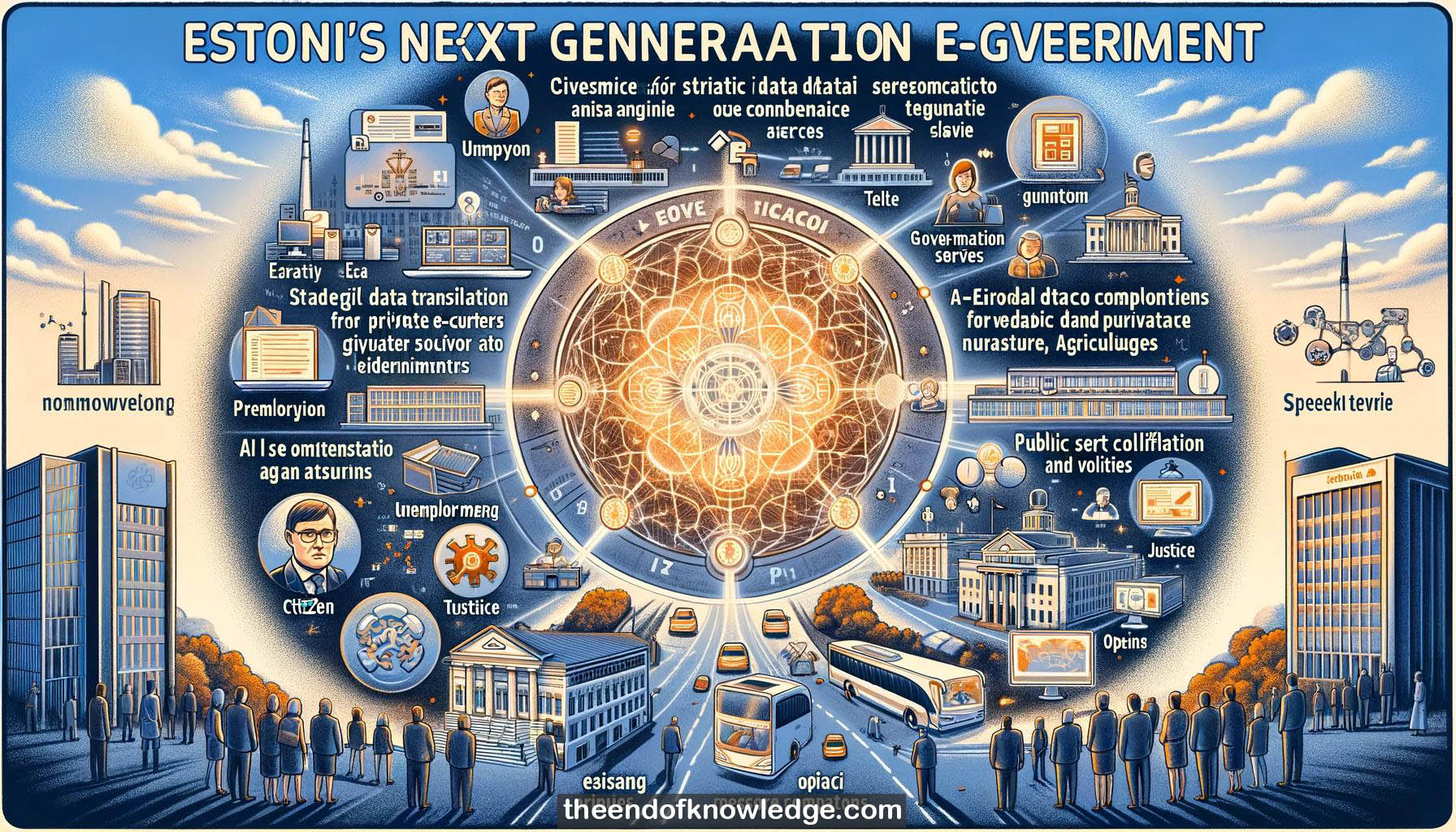 >
>
Concept Graph & Resume using Claude 3 Opus | Chat GPT4o | Llama 3:
Resume:
1.- Ott Velsberg is the Chief Data Officer of the Estonian government, appointed in 2018 at age 27.
2.- Estonia has over 99% of government services available online, aiming for a fully digital, paperless government.
3.- Over 90% of Estonian citizens use the internet and have access to mobile phones. Citizen-centricity is key.
4.- Individuals own their personal data and can see when government agencies access it. A consent management platform is being developed.
5.- The once-only principle means citizens should only have to provide their data to the government once.
6.- X-Road is Estonia's data exchange layer allowing secure data transfer between public and private sector organizations.
7.- Estonia aims to make government services proactive, personalized and with zero bureaucracy by utilizing data and AI.
8.- An AI taskforce was formed in 2018 to support AI uptake in the public sector, private sector, and research.
9.- Estonia has gone from 4 government AI use cases in 2018 to 47 today, with 38 more in development.
10.- Reusable AI components like translation, speech synthesis, and text analysis are available as open source for public and private sector use.
11.- Example use cases include hate speech detection, document classification, speech transcription in parliament and courts, fraud detection, and more.
12.- Estonia is investing in its own language technology as major tech companies do not fully support Estonian.
13.- Other example use cases include personalized job recommendations for unemployed citizens, satellite image analysis for agriculture subsidies and flooding.
14.- Barriers include inability to fully automate some processes due to legislation, and restrictions on cloud and data usage.
15.- Lessons learned include keeping projects simple and short, focusing on data quality and governance, reusability, and practical collaboration.
16.- Estonia is developing KrattAI, an interoperable network of public sector AI chatbots and virtual assistants to help citizens navigate government services.
17.- Goals are to reduce time spent on redirecting citizens' requests and enable 24/7 personalized interaction with government.
18.- Projects include chatbots, alternative messaging channels, citizen message classification, speech synthesis, and cross-border collaboration with Finland's AuroraAI.
19.- Opportunities exist to expand AI-based services to private sector channels like Facebook, WhatsApp, voice assistants.
20.- Data governance, common standards, visualization and dissemination of AI insights to decision-makers is crucial.
21.- Limitations still exist in process automation, cloud usage due to regulations, data protection rules restricting some data usage.
22.- PISA education rankings show Estonia 1st in Europe, enabled by personalizing education with AI and digital tools.
23.- Challenges in gaining public trust were overcome with transparency, admitting failures, keeping systems simple, and demonstrating value.
24.- Estonia evaluates AI projects based on societal impact, cost/benefit analysis starting with the problem, not the technology.
25.- Estonia's startup scene benefits from collaboration with government, procuring from startups, and providing education to nurture talent.
26.- Citizens are automatically connected to e-government through ubiquitous ID card, mobile authentication methods enable access.
27.- Open source and code reusability is mandated for publicly funded projects to prevent vendor lock-in and promote innovation.
28.- Transformation of analog to digital data is ongoing, with opportunities to leverage more automation like OCR.
29.- Key project management lessons include assessing competency gaps, focusing on problem vs tech, involving end users, and starting small.
30.- €10M budget for 2 year AI strategy, projects typically €50-60k for pilots, up to €500k for full implementations.
Knowledge Vault built byDavid Vivancos 2024